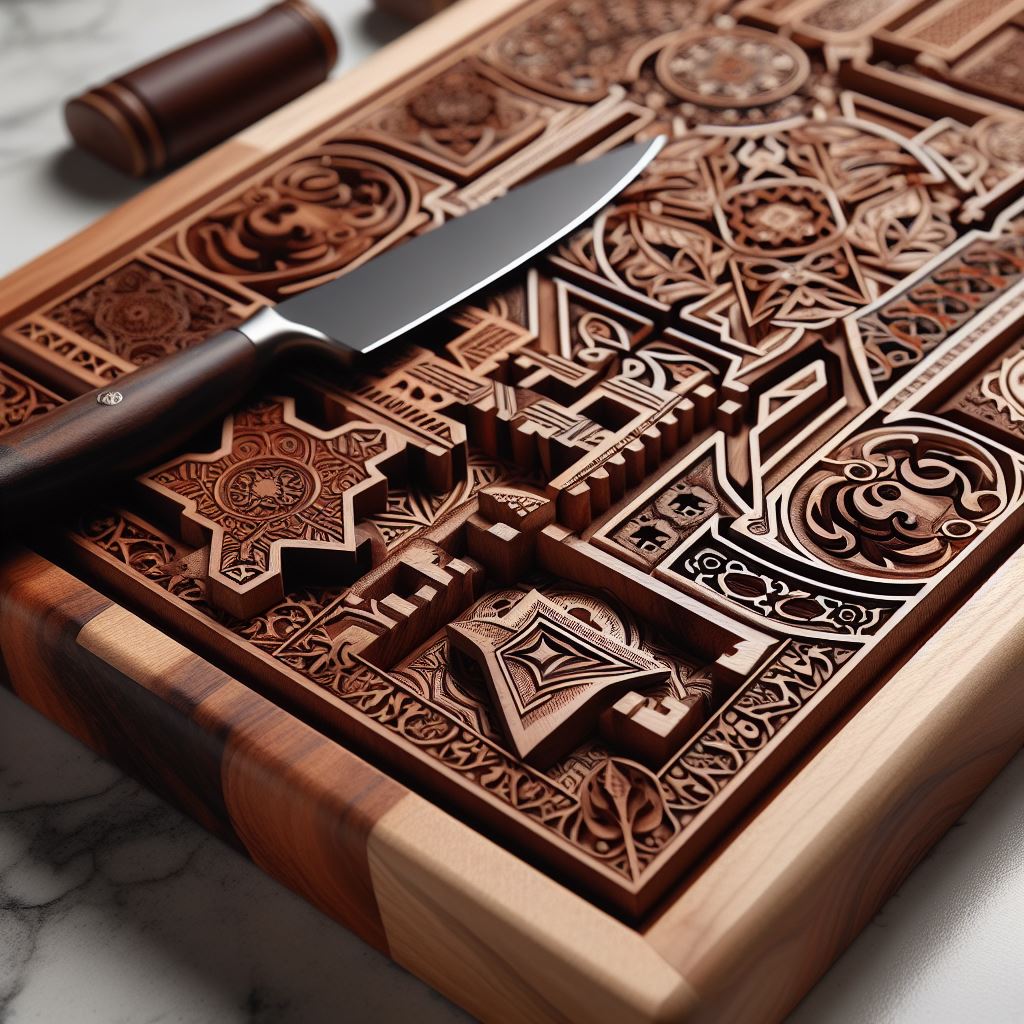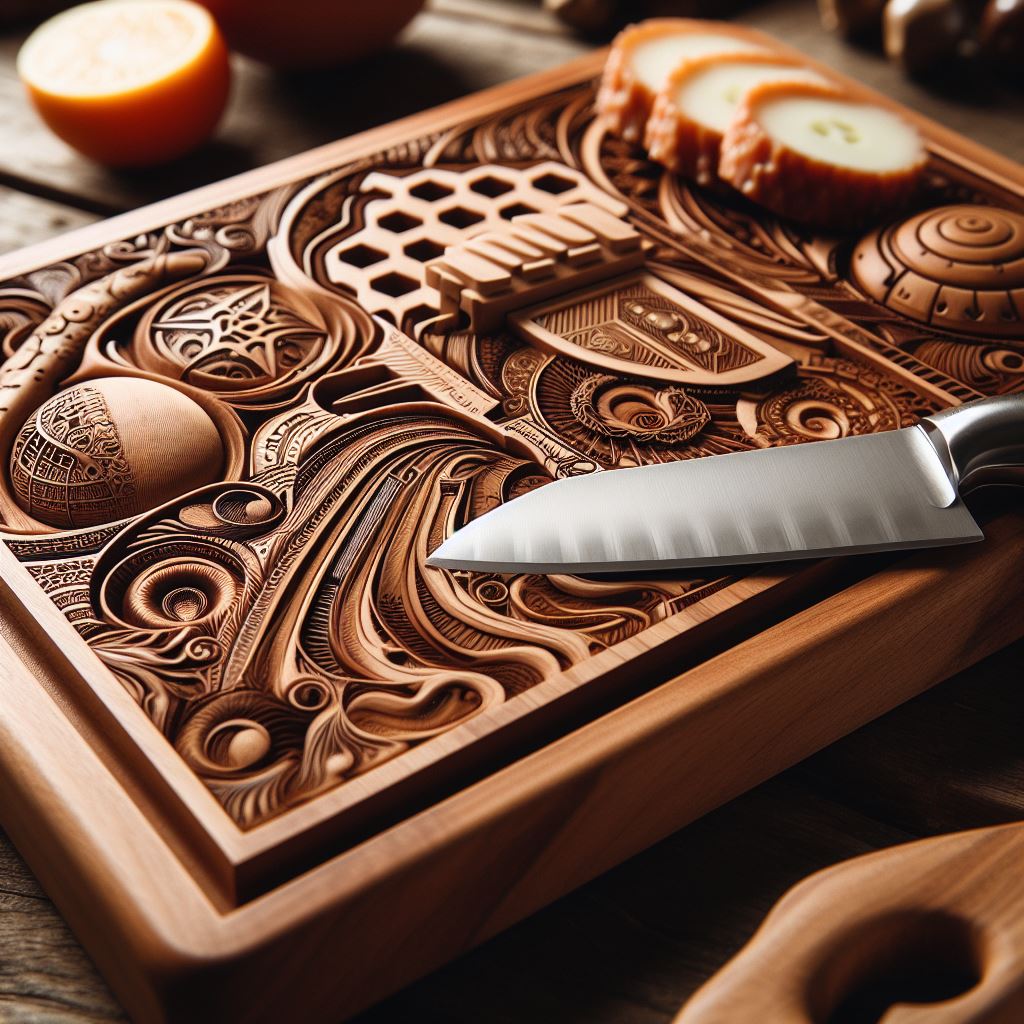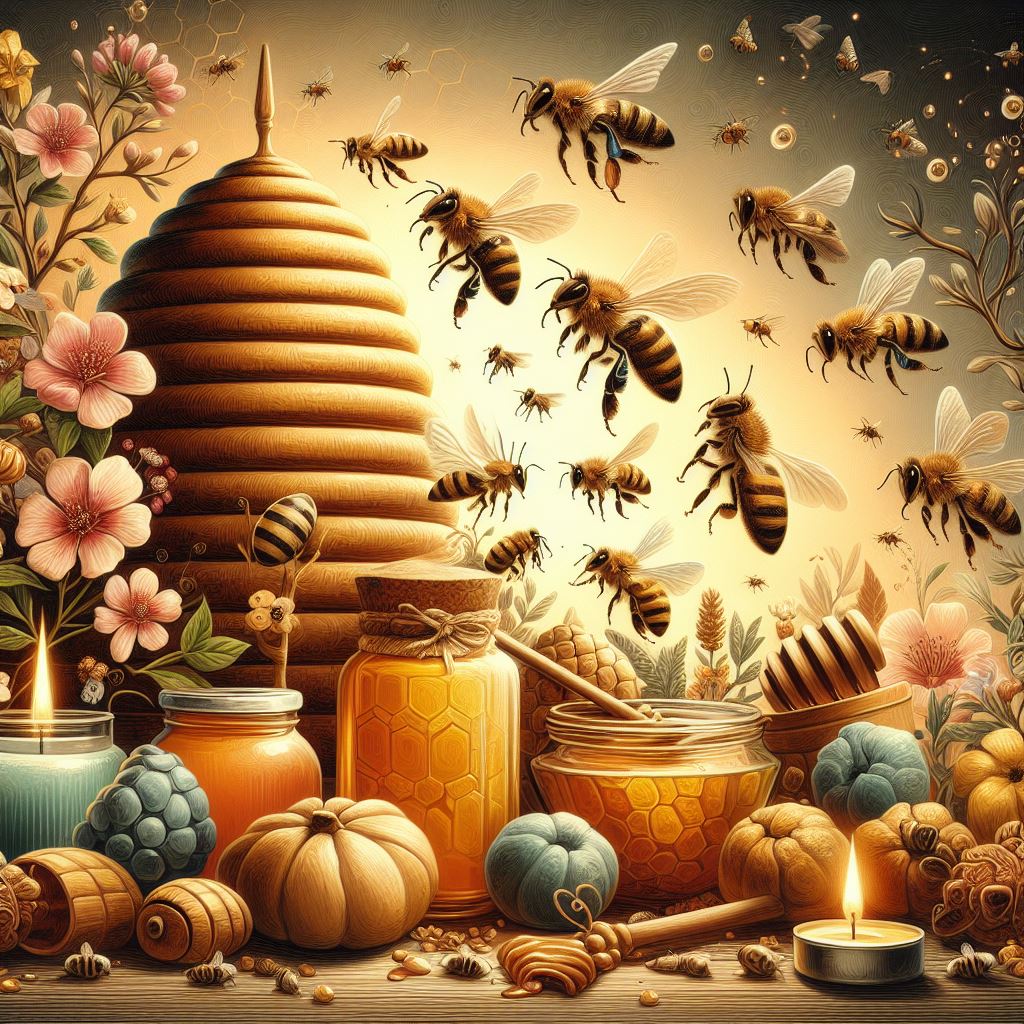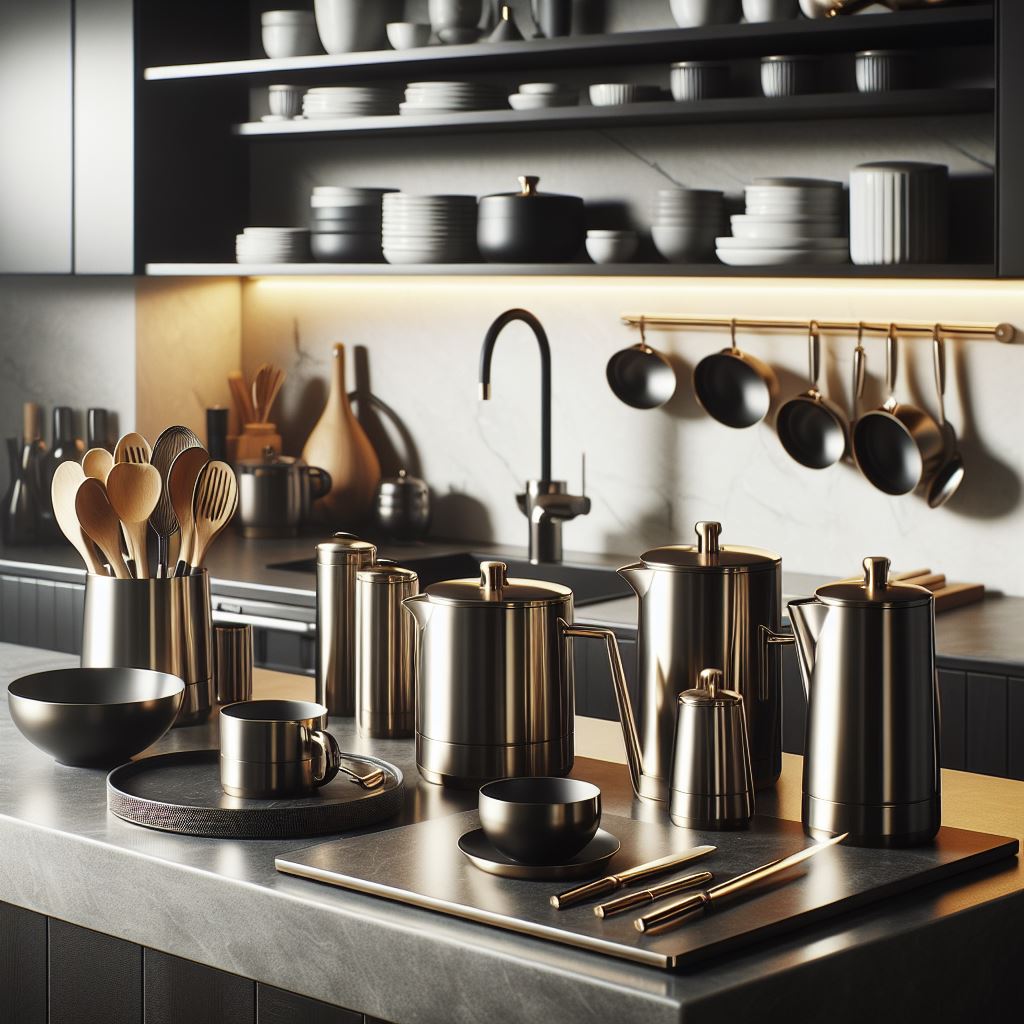Cheese platters are a delightful and versatile option for entertaining guests, offering a variety of flavors and textures that can cater to every palate. Whether you're hosting a casual get-together or a formal event, learning how to prepare a cheese platter can elevate your hosting game and impress your guests.
In this beginner's guide, we'll walk you through the essentials of creating a cheese platter that is both visually appealing and delicious. From selecting the right cheeses to arranging them beautifully, we've got you covered.
At Frawsted Creations, we understand the importance of presentation and personalization. That's why we offer custom-made boards to showcase your cheese selections in style. Send us a message at contact@frawstedcreations.com for custom inquiries and to learn more about what we can offer!
Selecting the Right Cheeses

One of the most important steps in how to prepare a cheese platter is selecting the right cheeses. A well-balanced cheese platter should include a variety of flavors, textures, and milk sources. Here are some tips to ensure your selection is perfect:
- Variety of Textures: Include cheeses with different textures such as soft, semi-soft, firm, and hard. Examples include Brie (soft), Gouda (semi-soft), Cheddar (firm), and Parmesan (hard).
- Different Milk Sources: Incorporate cheeses made from different types of milk like cow, goat, and sheep. This adds depth and a range of flavors to your platter.
- Flavor Profiles: Balance your platter with a mix of mild, medium, and strong-flavored cheeses. For example, you could pair a mild Havarti with a medium Gruyère and a strong Roquefort.
- Regional Variety: Experiment with cheeses from different regions. Combining local favorites with international selections can make your platter more interesting and unique.
Remember, the goal is to create a harmonious blend that will appeal to a wide range of tastes. Don't hesitate to ask for recommendations at your local cheese shop, as the experts can offer valuable insights and suggestions.
By thoughtfully selecting a diverse range of cheeses, you'll ensure that your cheese platter is not only delicious but also a conversation starter among your guests.
Complementing with Accompaniments

Once you've chosen your cheeses, the next step in how to prepare a cheese platter is to complement them with the right accompaniments. These additions not only enhance the flavors of the cheeses but also add texture and visual appeal to your platter.
- Fresh and Dried Fruits: Fruits like grapes, figs, apples, and pears add sweetness and freshness, while dried fruits such as apricots, cranberries, and dates provide chewy texture and concentrated flavors.
- Crackers and Bread: Offer a variety of crackers and bread, including baguette slices, whole grain crackers, and water crackers. These serve as the perfect vessels for enjoying the cheeses and their accompaniments.
- Nuts: Nuts like almonds, walnuts, and pecans add a crunchy texture and can be a great palate cleanser between different cheeses.
- Charcuterie: Meats such as prosciutto, salami, and chorizo can complement the cheeses well, providing savory and sometimes spicy contrasts.
- Condiments: Honey, fruit preserves, and chutneys can enhance the flavors of the cheeses. A drizzle of honey over blue cheese or a spoonful of fig jam with Brie can create delightful taste combinations.
- Pickles and Olives: The briny flavors of pickles and olives can cut through the richness of the cheeses, adding an interesting layer of flavor.
When arranging these accompaniments, consider their colors and shapes to create an inviting and visually appealing presentation. Place them around the cheeses in small groups, ensuring that each type of cheese has at least one or two complements nearby.
By thoughtfully choosing and arranging these accompaniments, you can elevate your cheese platter into an extraordinary culinary experience that delights the senses.
Perfecting the Presentation

After selecting your cheeses and accompaniments, the next crucial step in how to prepare a cheese platter is perfecting the presentation. An aesthetically pleasing platter can elevate the entire dining experience, making it not only a feast for the taste buds but also for the eyes.
Start with a sturdy and attractive serving board. Wooden boards, marble slabs, or slate trays are popular choices that provide a rustic yet elegant backdrop for your cheese selection. Ensure your board is large enough to accommodate all your cheeses and accompaniments without overcrowding.
Next, arrange the cheeses first, placing them at different points around the board. This creates a visual balance and makes it easier for guests to access each type. If you're using a mix of hard and soft cheeses, place the softer cheeses in the center to avoid them getting squished by other items.
Use small bowls or ramekins for items like olives, nuts, and condiments. This keeps them contained and prevents them from rolling around the board. Place these bowls strategically around the cheeses.
Layer in the accompaniments next. Fan out slices of bread or crackers, and scatter fruits and charcuterie in small clusters. This not only looks appealing but also makes it easier for guests to grab a bit of everything. Be mindful of color contrast—mixing bright fruits with darker nuts and meats to create a vibrant, inviting look.
Finally, don't forget the small details that make a big difference. Provide cheese knives for each type of cheese to prevent cross-contamination of flavors. Labeling the cheeses with small tags or cards can also be helpful, especially for guests who may not be familiar with all the varieties.
By paying attention to these presentation details, you can ensure your cheese platter is not only delicious but also a stunning centerpiece for your gathering.
Pairing with Wines and Beverages
Pairing your cheese platter with the right wines and beverages can significantly enhance the flavor profiles and elevate the overall experience. Understanding how to complement the cheeses with appropriate drinks is an essential part of how to prepare a cheese platter.
Start with the basics: wine and cheese are a classic combination. Generally, you want to match the intensity of the wine with the cheese. For example, a robust, aged cheese like Parmesan pairs well with a full-bodied red wine such as Cabernet Sauvignon. On the other hand, light, fresh cheeses like goat cheese go splendidly with crisp, white wines like Sauvignon Blanc or a sparkling wine.
Red wines work best with aged, hard cheeses because their tannins complement the cheese's rich, deep flavors. Examples include pairing a bold Merlot with aged Gouda or a spicy Shiraz with a sharp cheddar. White wines, being more acidic and less tannic, pair beautifully with soft, creamy cheeses. Try a Chardonnay with Brie or a Riesling with Camembert to experience this delightful combination.
If you prefer non-alcoholic beverages, consider options that offer a balance of sweetness and acidity. Sparkling water with a twist of lemon can be a refreshing palate cleanser between different cheeses. Apple cider, both hard and non-alcoholic, pairs excellently with a variety of cheeses, particularly those that are sharp or tangy. Even certain teas, like a robust black tea or a floral Earl Grey, can complement cheese flavors beautifully.
For the adventurous, don't shy away from craft beers. The carbonation and variety of flavors in beers can provide an excellent pairing. A hoppy IPA can cut through the richness of a blue cheese, while a malty stout can complement the nutty flavors of a Swiss cheese.
By thoughtfully selecting your wines and beverages, you can create harmonious and memorable pairings that will impress your guests and enhance the enjoyment of your carefully curated cheese platter.
Tips for Serving and Storing

When it comes to serving and storing your cheese platter, a few essential tips can make a significant difference in the quality and enjoyment of your selection. Proper serving techniques and storage methods ensure that your cheeses remain fresh and flavorful.
First, allow your cheeses to come to room temperature before serving. This typically means taking them out of the refrigerator about 30 to 60 minutes prior to serving. Cheese at room temperature has a fuller flavor and a more enjoyable texture. Arrange your cheeses on a serving board in a way that makes it easy for guests to sample a variety of tastes and textures. Ensure you have separate knives for each cheese to prevent flavor cross-contamination.
Labeling your cheeses can be a thoughtful touch, especially if you're serving a diverse selection. Small labels or tags can inform your guests about the type of cheese, its origin, and any specific flavor notes. This not only educates but also enhances the tasting experience.
When it comes to storing leftovers, proper wrapping is crucial. Cheese should be wrapped in wax paper or parchment paper first, followed by a layer of plastic wrap to maintain moisture without suffocating the cheese. Avoid using only plastic wrap as it can trap too much moisture, leading to spoilage. Store different types of cheese separately to prevent them from absorbing each other’s flavors.
Hard and semi-hard cheeses can be stored in the refrigerator’s vegetable drawer, where the humidity is higher. Soft cheeses, however, should be consumed within a few days of opening. For long-term storage, you can freeze hard cheeses, though this may slightly alter their texture.
Lastly, always inspect your cheeses before serving. If you notice any mold that wasn’t originally part of the cheese, it’s best to cut off the affected area or discard the cheese entirely to ensure your guests’ safety.
These tips will help you serve and store your cheese platter like a pro, ensuring that every bite is as delicious as intended. Send us a message at contact@frawstedcreations.com for custom inquiries and to learn more about what we can offer!

